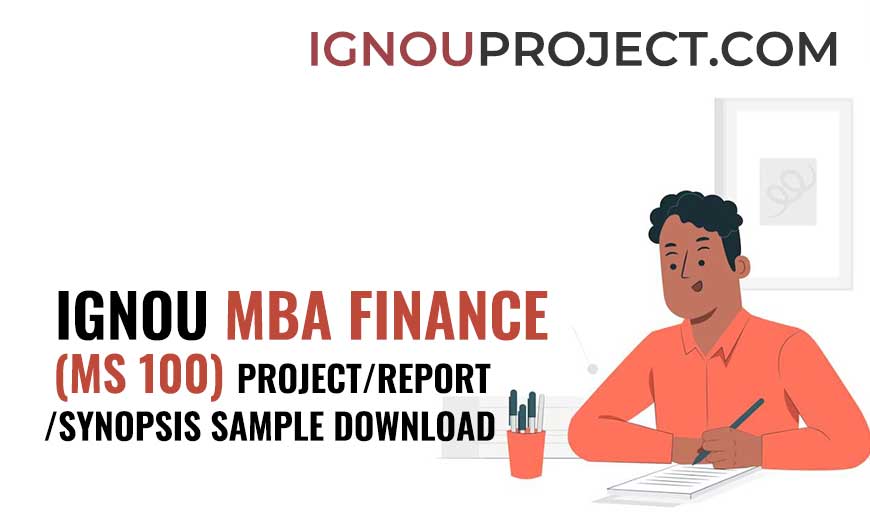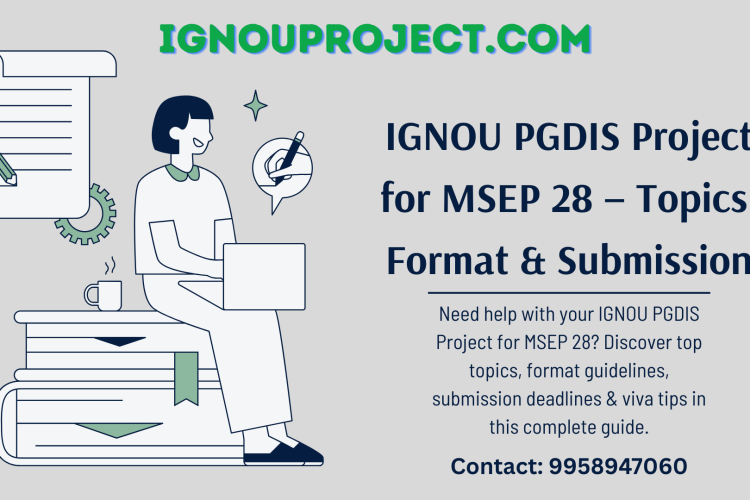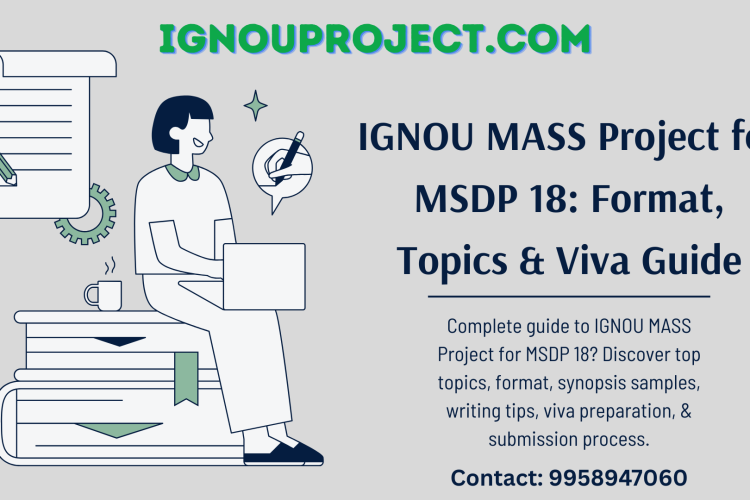
IGNOU Project is one of the best websites which are engaged in offering excellent quality IGNOU MBA FINANCE PROJECT SYNOPSIS REPORT (MS 100) FREE SAMPLE FORMAT FOR DOWNLOAD to our valuable clients. We have been engaged in offering complete solution to the IGNOU students. Our self learning materials enable students learn about the subject and prepare for their examinations. we provide assistance in almost all specialisations for IGNOU courses. A perusal of past questions papers gives an idea of the type of questions asked, the paper pattern and so on, it is for this benefit, we provide these IGNOU MBA FINANCE PROJECT SYNOPSIS REPORT (MS 100) FREE SAMPLE FORMAT FOR DOWNLOAD. Students are advised to refer these solutions in conjunction with their reference books. It will help you to improve your exam preparations.
Ready to get your IGNOU MBA Finance Project Synopsis Report (MS 100) free sample format for Download?
- Call us or WhatsApp us at: 9958947060, 9354637830
- Visit: IGNOUPROJECT.COM


Rajni singh
August 19, 2017Kindly send me the cost of ms100 hr project
swathi
October 24, 2017sir i want ms-100 project cost
i want synopsis report on finance to women entrepreneurs:in case of canara bank
so please tell me the cost
SWATI PLEASE WRITE ME on my email , I WANTED SAME THING
January 12, 2018SWATI PLEASE WRITE ME on my email , I WANTED SAME THING
pradeep Patel
December 14, 2017I want to prepare project in Course PGDDM .Plz send project report .
Avinash Yadav
December 29, 2017Sir I want synopsis sample on HR project
jitender
January 15, 2018do you have synopsis for MBA (B&F) ms 100 from IGNOU. plz revert me.
Amit singla
January 18, 2018I want to send synopsis first in banking finance
Abhas Dwivedi
January 22, 2018I want a project report om MS-100 for MBA(HR). What will be the cost?
Ketan
January 29, 2018Sir i want project on self help group
Kaushal Pandey
November 23, 2018Sir, want IGNOU MBA ( Marketing) MS-100 Synopsis and project. Can you please help. Tell me the cost also